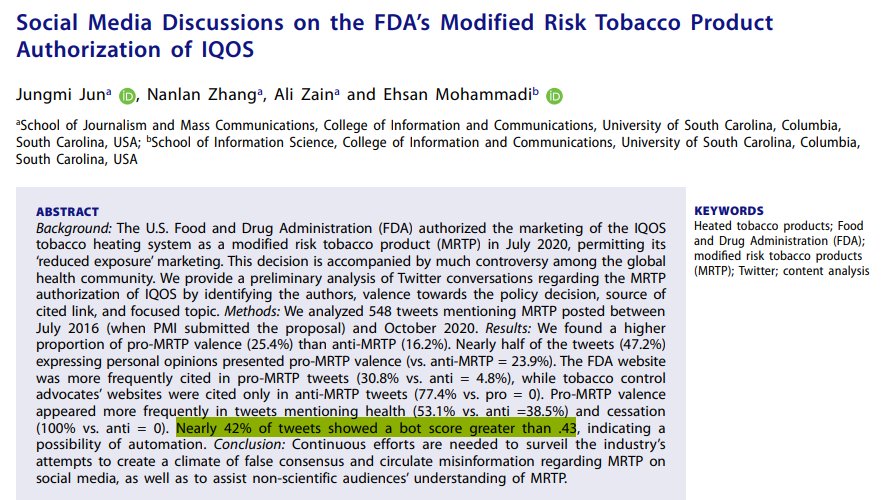#Smoking, Drinking and Drug Use among #Young People in #England 2018 [NS]
(Also looks at #vaping.)
Following is a 10 part summary / overview courtesy of .@SwitchFinder
digital.nhs.uk/data-and-infor…
(Also looks at #vaping.)
Following is a 10 part summary / overview courtesy of .@SwitchFinder
digital.nhs.uk/data-and-infor…
3) The 16% of pupils who had ever smoked consisted of regular #smokers (2% of pupils), occasional smokers (3%), those who used to smoke (3%), and those who have tried smoking (8%).
4) The proportion of pupils who had ever #smoked increased with age from 2% of 11 year olds, to 31% of 15 year olds.
5) In 2018, 5% (confidence interval 4-6%) of pupils were classified as current #smokers. Though not significantly different from the surveys in 2014 and 2016 (6%), the proportion has generally declined over time since 1996, when 22% of pupils were current smokers.
6) Not only are fewer kids smoking, but those who do, smoke less. In 2018, mean consumption of #cigarettes in the last week by regular smokers was 24.7, which has fallen gradually since 2007 when it was 44.1.
8) Current #eCigarette use increased with age; from less than 1% of 11 year olds, to 11% of 15 year olds.
9) Pupils who had ever #smoked were much more likely to also have ever used an #eCigarette(/#vape), than those who had never smoked. Most regular smokers (92%) reported having ever used e-cigarettes. This compares to just 14% of pupils who had never smoked.
10) Regular #smokers are more likely to be regular #eCigarette users (/#vapers); 29% in 2018. This falls to 9% for ex-smokers, 4% for pupils who had tried smoking once, and less than 1% of pupils who had never smoked.
• • •
Missing some Tweet in this thread? You can try to
force a refresh















